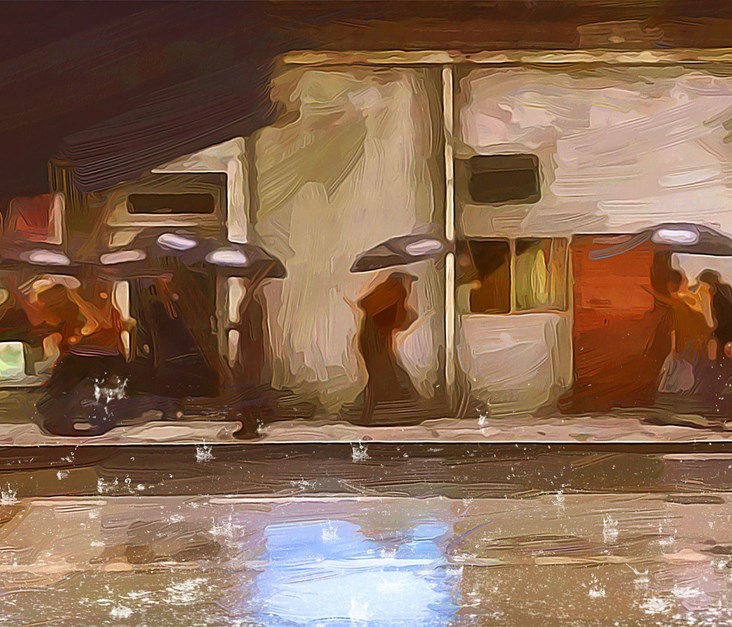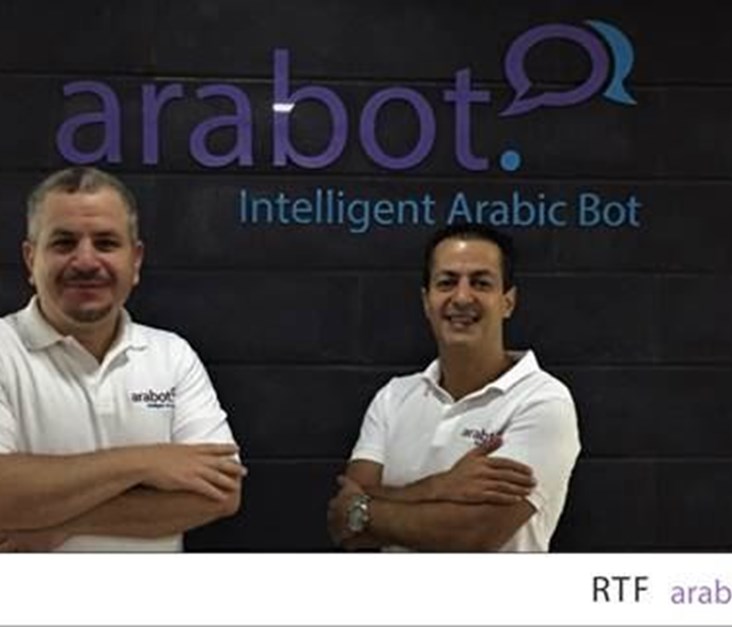
Keefak is a mobile application that teaches Lebanese dialect. “It wont teach you how to read or how to write, it will only teach you to speak and understand Lebanese Arabic” according Hadi, App Designer and Architect behind Keefak. While you may ponder the viability of such a narrow offering, there are in fact 15 million reasons why such a product makes perfect sense.
Keefak is the brainchild of Hadi El Khoury, a 10 year information security expert and consultant living in France. “I first had the idea for Keefak when my daughter was born,” he explained, “having lived abroad for quite a while I met a lot of Lebanese nationals who can’t help but regret the fact that their children aren’t learning their native language, and I feared the same for myself, that’s when I decided: Let’s try something.”
After assembling his team consisting of Joseph El-Khoury, iOS developer, Rawad Rahmé, Android developer, and Antoine Fleyfel, a French Lebanese linguistics expert and author of several books on Lebanese dialect, Keefak was launched in January of 2012.
Keefak’s target market could go well beyond Lebanese migrants and their descendants, estimated at 15 million individuals worldwide, to include mixed couples, tourists, business people, or just regular folk interested in the Lebanese dialect. "Anyone who doesn't want to pay the high rates of private lessons or doesn't have time to attend courses. They can learn at their own pace, wherever they are."
What’s Next?
The team is currently working on expanding Keefak, currently available in both French and English, with more features and levels, adding 5 to 10 courses per month. But more importantly, they are also planning on adding new languages, starting with Portuguese. Brazil alone accounts for around 10 million citizens of Lebanese descent.
Finally when asked about the possibility of adding other dialects to Keefak, Hadi replied “Why not? The skeleton is already there, we just need the content to fill it up.”
Latest Business
Intelligence Report














